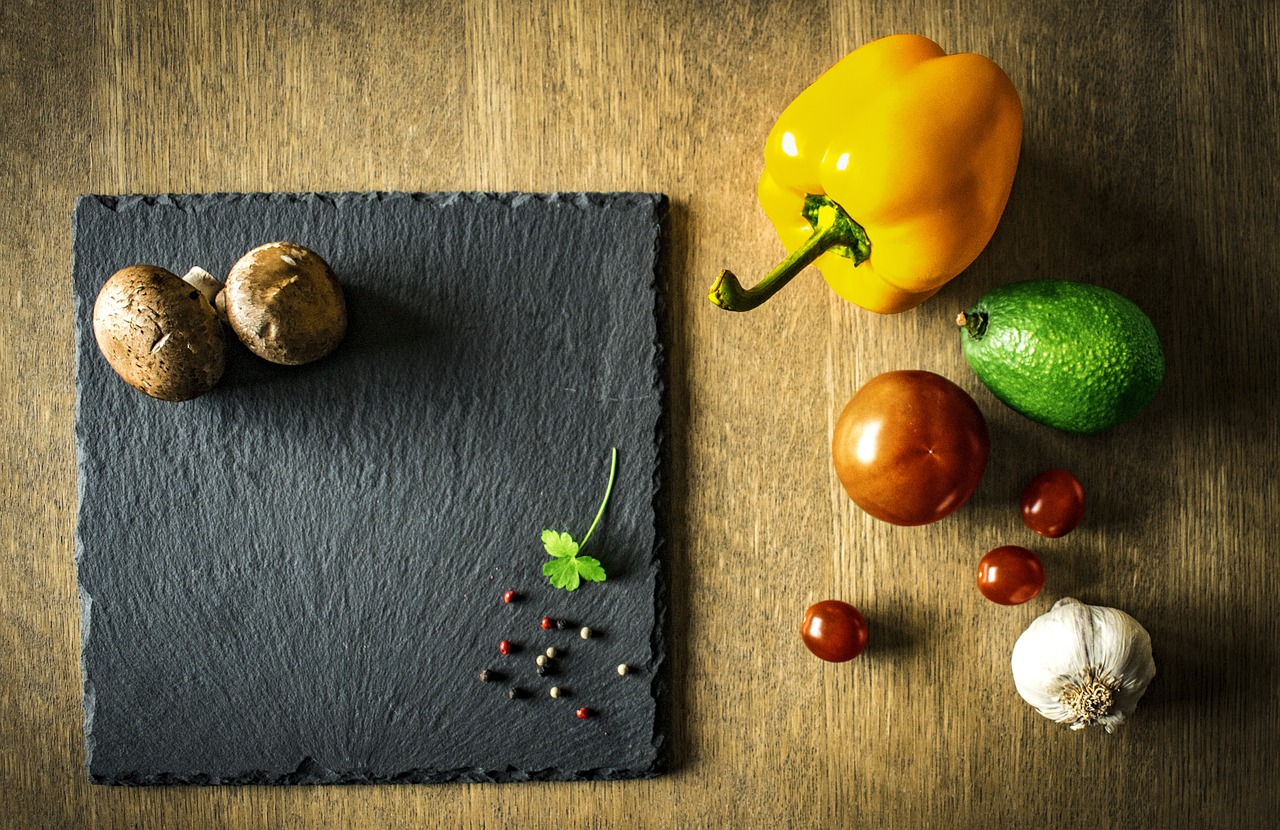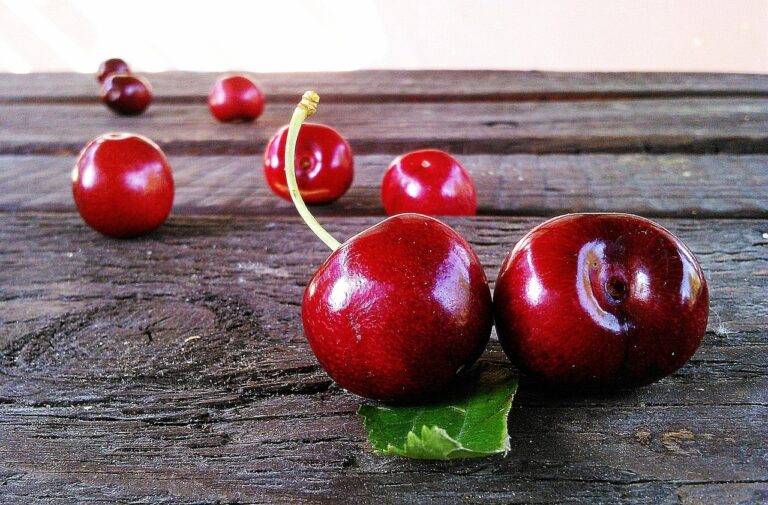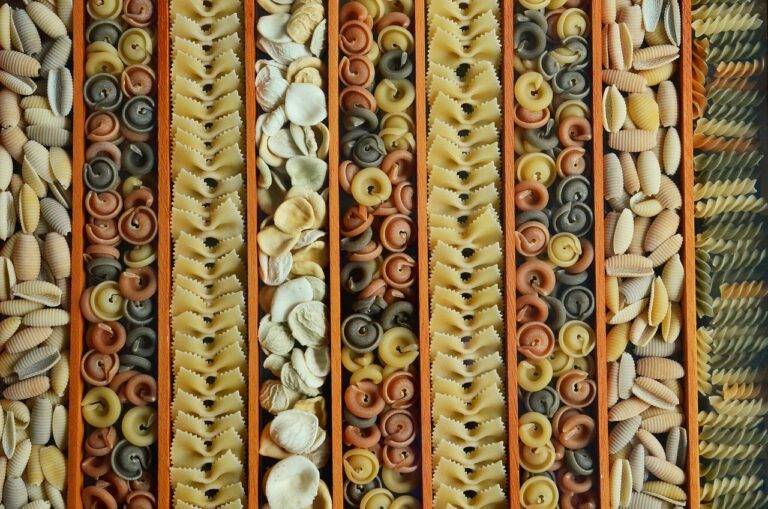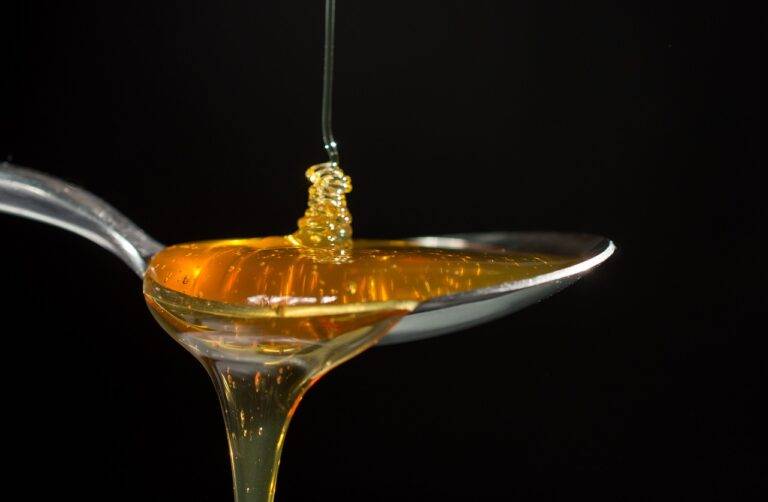The Art of Food Plating: Techniques for Creating Beautiful and Appetizing Dishes.
To plate food like a pro, start by considering the size and shape of the plate that complements the dish you are serving. A general rule is that white plates provide a versatile and clean canvas for most meals, allowing the colors and textures of the food to shine through. However, don’t be afraid to experiment with different plate colors and shapes to create visual interest and enhance the overall presentation of your dish.
When plating your food, remember the importance of negative space to avoid overcrowding the plate. Leave some breathing room between elements to allow each component to stand out and be appreciated individually. Use tools like squeeze bottles or spoons to create elegant swirls or drizzles of sauce on the plate, adding a touch of artistic flair to your presentation. By paying attention to these details and taking a thoughtful approach to plating, you can elevate your dishes to a professional level and impress your guests with not only the taste but also the visual appeal of your creations.
Choosing the Right Plate for Your Dish
When it comes to choosing the right plate for your dish, the size of the plate matters significantly. Opt for a plate that allows the dish to be the focal point without looking overcrowded or sparse. A general rule of thumb is to ensure that the food covers about two-thirds of the plate’s surface area, leaving the remaining space for aesthetic purposes.
In addition to size, consider the color and shape of the plate to complement the food you are serving. White plates are commonly used in restaurants as they provide a clean backdrop that makes the colors of the food pop. However, don’t be afraid to play around with different colors and shapes to enhance the presentation and overall dining experience for your guests.
Why is it important to choose the right plate for your dish?
Choosing the right plate can enhance the presentation of your dish and make it more appealing to the eyes. It can also affect how the flavors and textures of the food are perceived.
How do I know which plate to choose for my dish?
Consider the size, shape, and color of the plate in relation to the type of food you are serving. For example, a white plate may be best for showcasing colorful dishes, while a square plate may work well for modern, artistic presentations.
Are there any rules to follow when choosing a plate for plating food?
While there are no strict rules, it is generally recommended to choose a plate that complements the colors and textures of the food. Avoid plates that are too busy or distracting, as they may take away from the dish itself.
Can I use different types of plates for different courses in a meal?
Yes, you can definitely use different types of plates for different courses to create a more visually appealing dining experience. Just make sure that the plates you choose still complement each other in terms of style and color.
How can I plate my food like a pro?
To plate your food like a pro, consider the placement of each element on the plate, use garnishes sparingly and strategically, and pay attention to the overall presentation. Practice and experimentation will also help improve your plating skills over time.





